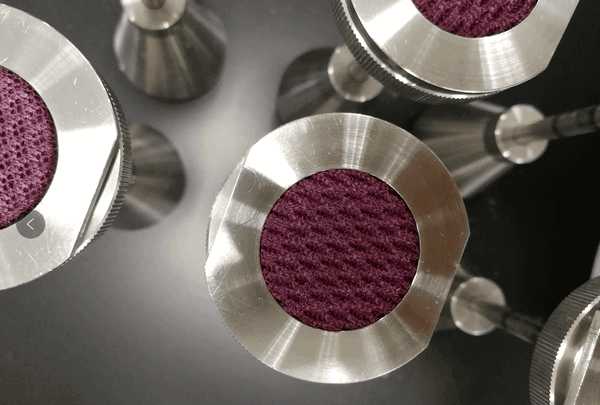- Qinsun Instruments Co., Ltd.
- Tell:+86-21-6780 0179
- Phone:+86-17740808215
- Address:No. 2578 Minhang District Gu Dai Road, Shanghai
- Contact:Mr. Li
- QQ:846490659
Calibration of UV visible spectrophotometer

Correction content:
1. The accuracy test of wavelength is expressed as the error between the wavelength value displayed by the instrument and the actual wavelength value of monochromatic light, which should be within the range of ± 1.0nm. The 486.02nm and 656.10nm spectral lines of the deuterium lamp in the instrument can be used for calibration.
2. Accuracy test of absorbance
3. Test for stray light
4. Wavelength reproducibility test
5. Resolution test
Method for correcting absorbance:
A solution of a very pure substance with a certain concentration is commonly used as the standard for correcting absorbance, and the absorbance coefficient of this solution is verified by different laboratories. In order to prevent the absorbance of the standard solution from being slightly affected by the measured wavelength, a substance with a smoother absorption peak is often selected. At the same time, the solution must be stable, and the change in absorbance within a considerable wavelength range should comply with Beer Lambert's law. Copper sulfate is commonly used A solution of ammonium cobalt sulfate and sodium or potassium nitrate. Potassium chromate solution is the most commonly used standard solution, which is suitable for both the ultraviolet and visible regions.
Correction method for wavelength or wavenumber:
A solution with a narrow absorption band, filter, or vapor can be used to correct the required light wave range. If high precision is required, the radiation emitted by the discharge bulb can be used for correction. Some spectrometers already have a calibration lamp installed on them. Benzene vapor is also useful for correcting a certain range of wavelengths. A small drop of benzene can be placed in a one centimeter thick absorption cup to measure its absorption wavelength. In the far ultraviolet region, oxygen absorption band can be used for correction. Using filters made of various rare earth metals can quickly correct wavelengths, but the accuracy is not as high as the above method. Commonly used filters containing holmium, neodymium, and praseodymium ions.
Correction method for stray light:
A small amount of stray light often causes significant measurement errors, and its correction can be achieved by using a solution that can completely absorb monochromatic light of a certain wavelength and has weak absorption at other wavelengths. The approximate value of stray light can be inferred from the transparency exhibited by this solution. The pseudo absorption band caused by stray light can also be checked using Beer Lambert's law, but using this law to check for pseudo absorption bands results in significant errors. The approximate percentage of stray light can be obtained from the transmittance outside the cutoff range. If the stray light contained is greater than 0.1%, efforts should be made to reduce it or correct the measured absorbance. The error caused by stray light is directly proportional to stray radiation, so the correction value can be easily calculated from the near correct curve of the compound. In addition, an appropriate filter can also be used, which is completely transparent within the measured wavelength range but absorbs light waves outside this range, thereby eliminating stray light.





